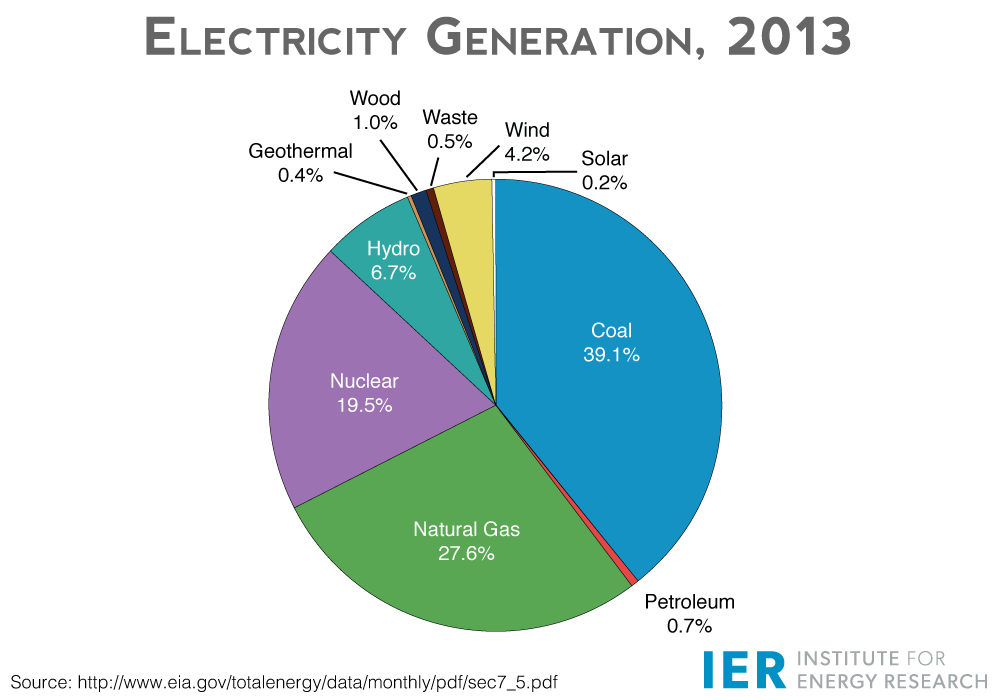‘Pro-Business’ ≠ Pro-Market
08.08.2016
They’re the twin pillars of corporate welfare in New Mexico, and the “business” community wants them preserved.
Last week, the “Greater Albuquerque Chamber of Commerce and Albuquerque Economic Development … with 30 additional economic development organizations and Chambers of Commerce throughout New Mexico” wrote a letter asking “Senate Finance Committee and House Appropriations and Finance Committee members to keep LEDA (Local Economic Development Act) and JTIP (Job Training Incentive Program) funding intact as the state considers its budget challenges.”
LEDA, often called New Mexico’s “closing fund,” distributes subsidies for infrastructure in sums that can run into the millions of dollars. Its current “total unencumbered funding level” is $55.4 million, and such a relatively large pot of revenue could make a sizable contribution to sealing the budget breaches for the current and just-ended fiscal year.
LEDA has a legion of fans, but the reality of the program isn’t so rosy. The Legislative Finance Committee (LFC) has found that “the state does not receive sufficient reporting from businesses using … Local Economic Development Act … funds to properly evaluate” the program. Thus, “it is impossible to determine [its] relative effectiveness and cost-efficiency.” (What does LEDA think it is, the Legislative Lottery Scholarship Program?)
JTIP, with a fiscal 2017 appropriation of $6 million, “funds classroom and on-the-job training for newly-created jobs in expanding or relocating businesses for up to 6 months.” While the program is a treasured tool for New Mexico’s economic-development bureaucrats, there is no evidence that it makes meaningful, lasting contributions to job- and wealth-creation in the state. As reported by the LFC, the Economic Development Department has pursued “less reporting and oversight for JTIP by asking to reduce the performance measures for JTIP from four to two. The agency wanted to stop reporting the average hourly wage of jobs funded through JTIP and discontinue reporting the percent of employees whose wages were subsidized by JTIP still employed in New Mexico after one year. However, these are critical measures to ensure jobs funded are not low or minimum wage positions and that the workforce the state is training remains employed and in the state after the training. If a majority of funds are used to fund poorly paid positions and those employees then leave the state to find better job opportunities, it would be a clear signal JTIP is not serving its intended purpose.”
New Mexico’s business lobby has shown a lot of guts in recent years, through its advocacy for a right-to-work law. It’s a position that has surely drawn the intense ire of union bosses and the considerable number of local, state, and federal politicians who kowtow to Big Labor. But last week’s letter offers a reminder that old habits can be hard to break. Corporate welfare is not true “economic development,” but the “New Mexico Coalition for Jobs” stubbornly refuses to abandon government policies that pick winners and losers in the marketplace. Fairness issues aside, it’s not at all clear that LEDA and JTIP provide much “return on investment” to taxpayers. The programs should not be preserved — they should be among the first items chopped to balance the state’s books.



























 In celebration of Milton Friedman Day 2016, the Rio Grande Foundation is hosting a discussion of Texas’ economy, what makes it so dynamic, and what New Mexico can do to catch up and, surpass it at some point in the future.
In celebration of Milton Friedman Day 2016, the Rio Grande Foundation is hosting a discussion of Texas’ economy, what makes it so dynamic, and what New Mexico can do to catch up and, surpass it at some point in the future.
